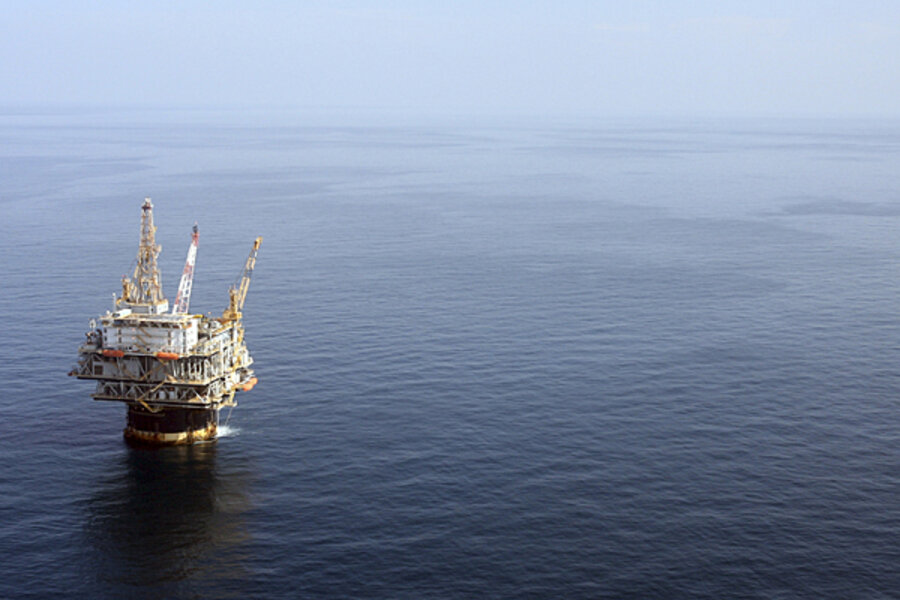A Gulf of Mexico oil platform has been leaking for 9 years
Loading...
Taylor Energy Ltd., once the largest oil and gas producer in the Gulf of Mexico, used to operate the Mississippi Canyon 20-A production platform just at the mouth of the Mississippi River, until it disappeared in 2004.
The 550 foot tall platform stood in 479 feet of water with pipes running to 28 underwater oil and gas wells, but on the 15th September 2004, the entire rig along with all pipelines were swept away as Hurricane Ivan passed over, bringing winds of 145mph, and 71 foot waves.
After the incident Taylor Energy reported that the platform“was subsequently located lying in an almost horizontal orientation and almost entirely buried in sediment up to 100 feet deep, approximately 900 feet from its original location and in approximately 440 feet of water.” (Related Article: Evolving in the Deep: The Ultra Drill Ship)
During one of the underwater investigations plumes of oil and gas were discovered escaping, from both the old wells and the broken platform. Taylor Energy has been forced to run daily flyovers to check the area for oil sheens, and oil has been spotted almost every day since. The company claims that a multimillion dollar operation to remove the fallen platform and plug nine of the wells has reduced the escaping hydrocarbons to a trickle, but environmental groups argue otherwise.
In 2010 the explosion at BP’s Macondo Well occurred just several miles away, releasing a constant seep of oil for 86 days. Marylee Orr, executive director of the Louisiana Environmental Action Network,explained that “people all around the world, and even most people here in Louisiana, saw the BP oil disaster as an unacceptable, reckless event. Here we have a domestic energy company that has had crude oil leaking continuously from their wells for nine years and with no apparent consequences from the government. (Related Article: Number of Oil Spills Fall in Houston Region, but Still at Nearly Two a Day)
To me, the Taylor well situation is emblematic of the culture of oil and gas here in Louisiana. Oil and gas has caused a tremendous amount of damage to Louisiana, particularly coastal Louisiana, and they face virtually no consequences for it.”
Taylor’s daily aerial survey finds evidence of oil almost every time. On the 18th June it reported a sheen that measured 10.1 miles long and 200 feet wide, although NOAA's National Environmental Satellite, Data, and Information Service spotted the sheen from space via satellite and recorded it as being 30.5 miles long and 2.5 miles wide.
Original article: http://oilprice.com/Latest-Energy-News/World-News/Gulf-of-Mexico-Oil-Platform-Still-Leaking-after-9-Years.html







